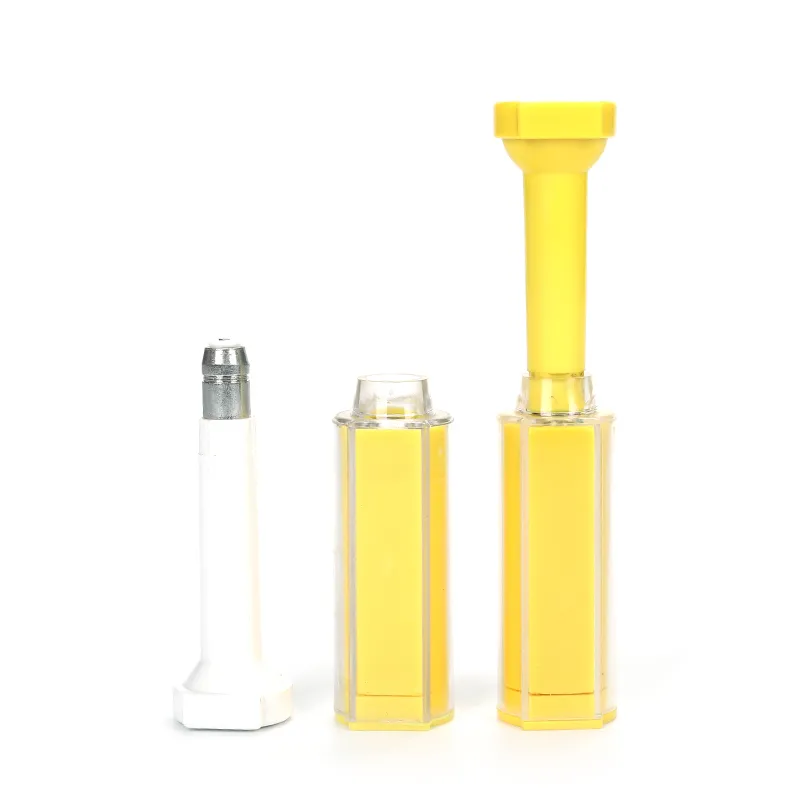
Comprehensive Guide to Selecting Fixed vs. Handheld RFID Readers
Table of Contents
Summary
The choice between fixed and handheld RFID readers can significantly impact operational effectiveness. This guide provides an in-depth analysis of these two types of RFID readers to assist in selecting the most suitable option for your specific needs.
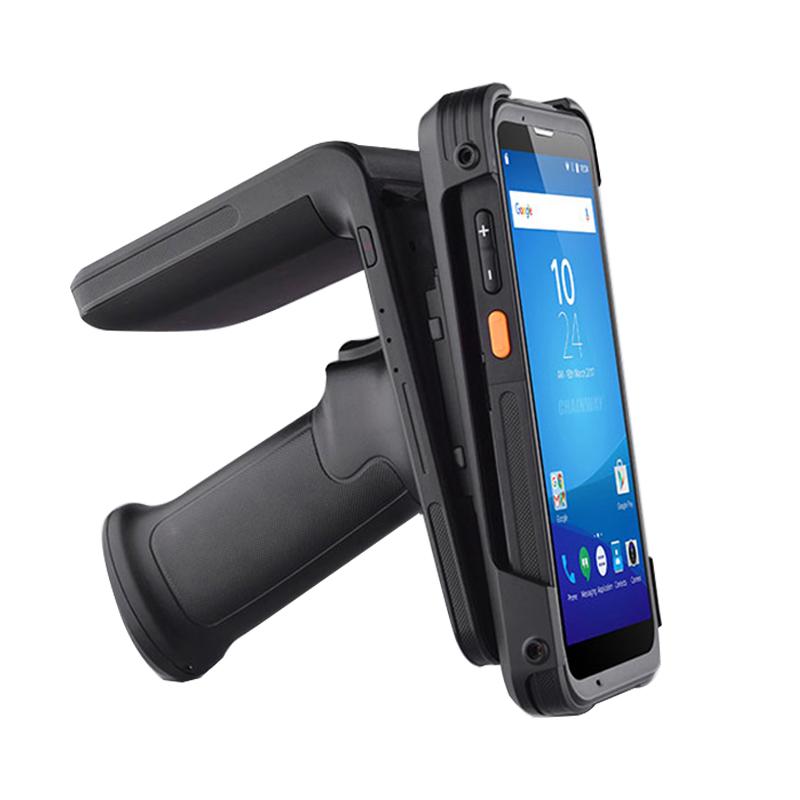
Understanding Fixed and Handheld RFID Readers
RFID readers are crucial components in RFID systems, each designed for different operational contexts. Fixed and handheld RFID readers serve distinct purposes and are optimized for various applications.
Fixed RFID Readers
Fixed RFID readers are stationary devices installed at specific locations such as production lines, warehouse entrances, or conveyor belts. These readers continuously scan RFID tags within their range, making them ideal for environments requiring constant and automated data collection.
Key Features of Fixed RFID Readers:
- Automated Operation: Fixed RFID readers offer continuous, automated tag reading without manual intervention, enhancing data accuracy and operational efficiency.
- High Throughput: Capable of processing a large volume of tags quickly, these readers are well-suited for high-traffic areas.
- Continuous Monitoring: Fixed RFID readers provide real-time updates, which are essential for environments where continuous data flow is critical.
Application Scenarios:
- Production Line Management: Installed at various points along the production line to monitor and track product status and flow.
- Warehouse and Inventory Management: Automates the recording of goods entering and exiting, updating inventory data in real time.
- Logistics and Supply Chain Management: Monitors goods on conveyor belts or during transit to ensure accurate tracking and reduce delays. Comparative Analysis of Fixed RFID Readers
Feature
Fixed RFID Readers
Operation
Automated, continuous
Reading Range
Extensive, fixed location
Cost
Higher, includes installation
Maintenance
Requires professional support
Best For
High-traffic, large-scale operations
Handheld RFID Readers
Handheld RFID readers are portable devices that allow users to scan RFID tags manually. They are typically equipped with displays and input interfaces for real-time data processing and are ideal for scenarios requiring mobility and precision.
Key Features of Handheld RFID Readers:
- Flexibility: Handheld readers offer mobility, allowing operators to scan tags in various locations.
- Versatility: Many models integrate additional functions like barcode scanning and wireless data transmission.
- Precision: Enables accurate reading and control of specific tags, essential for tasks requiring detailed inspection or inventory verification.
Application Scenarios:
- Asset Tracking and Inspection: Useful in large facilities for equipment management and routine inspections.
- Warehouse Inventory: Facilitates quick inventory checks and updates by scanning items directly from shelves.
- Retail and Field Services: Enhances inventory management and customer service by providing on-the-spot data and support.
Comparative Analysis of Handheld RFID Readers
Feature
Handheld RFID Readers
Operation
Manual, flexible
Reading Range
Limited, specific location
Cost
Lower, portable
Maintenance
Minimal, user-operated
Best For
Flexible, on-site tasks
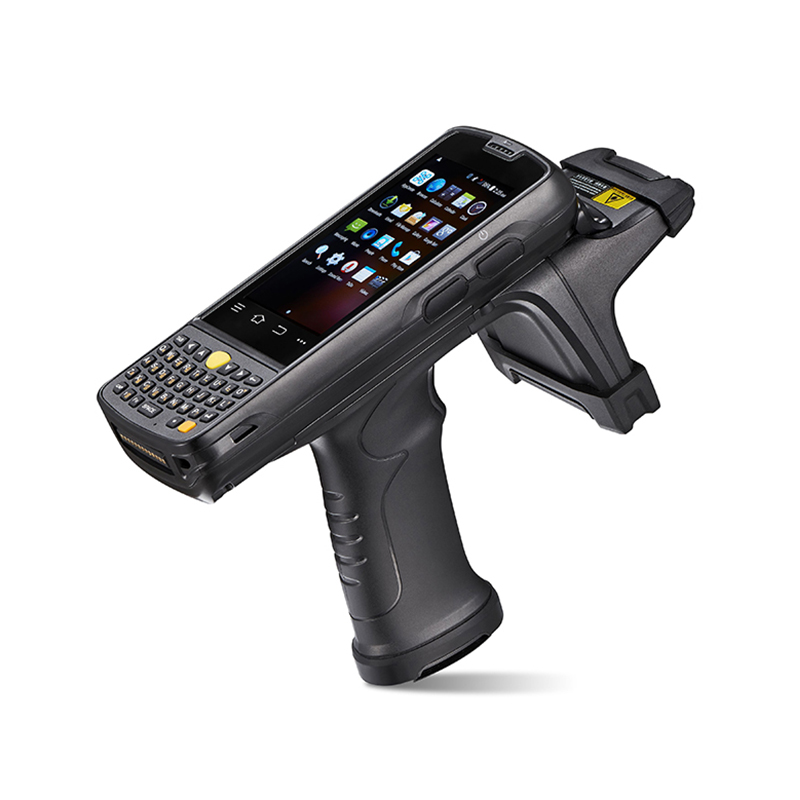
Selecting the Right RFID Reader
Choosing between fixed and handheld RFID readers depends on several factors, including operational requirements, budget constraints, and the working environment.
Key Considerations
- Working Environment: Fixed readers are suitable for stable, high-traffic environments, while handheld readers excel in dynamic, variable settings.
- Operational Requirements: High-volume, continuous reading tasks are best served by fixed readers, whereas tasks requiring mobility and detailed inspection benefit from handheld readers.
- Cost and Budget: Fixed readers involve higher initial costs and installation expenses but offer long-term efficiency. Handheld readers are more cost-effective and adaptable for smaller-scale applications.
- Ease of Operation: Handheld readers are user-friendly and require minimal setup, making them ideal for on-the-go tasks. Fixed readers, while more complex, provide automation and extensive coverage.
FAQs about RFID Readers
1. Is the installation process of fixed RFID readers complicated?
The installation of fixed RFID readers typically requires professional integration with existing systems and infrastructure, ensuring optimal performance and coverage.
2. How long is the battery life of handheld RFID readers?
Battery life varies by model and usage but generally supports a full day of operation. Some high-end models feature replaceable batteries for extended use.
3. Are fixed RFID readers suitable for small businesses?
While fixed readers may be more expensive, they offer significant advantages for businesses with automation needs. Small businesses might find handheld readers more cost-effective unless they require large-scale automation.
By carefully evaluating your needs and operational context, you can select the RFID reader that best aligns with your business goals and enhances overall efficiency.
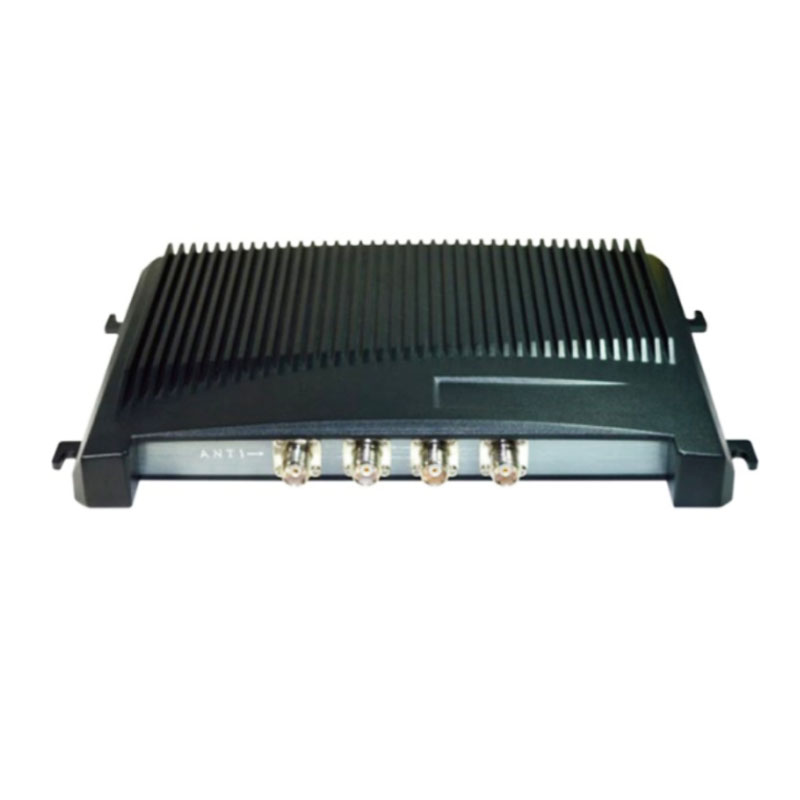
Conclusion
Both fixed and handheld RFID readers offer unique advantages tailored to different operational needs. Fixed readers are ideal for high-volume, automated environments, providing continuous, accurate data collection. Handheld readers offer flexibility and precision for tasks requiring manual operation and mobility. Understanding the specific requirements of your business will guide you in selecting the most appropriate RFID reader to enhance operational efficiency and effectiveness.
Comments
Hot Products

What Is RFID Waste Management
Imagine a city where every trash bin speaks — not literally — but through a tiny chip that tells the system when it’s full, when it’s emptied, and where it went. That’s what RFID waste management is doing today.
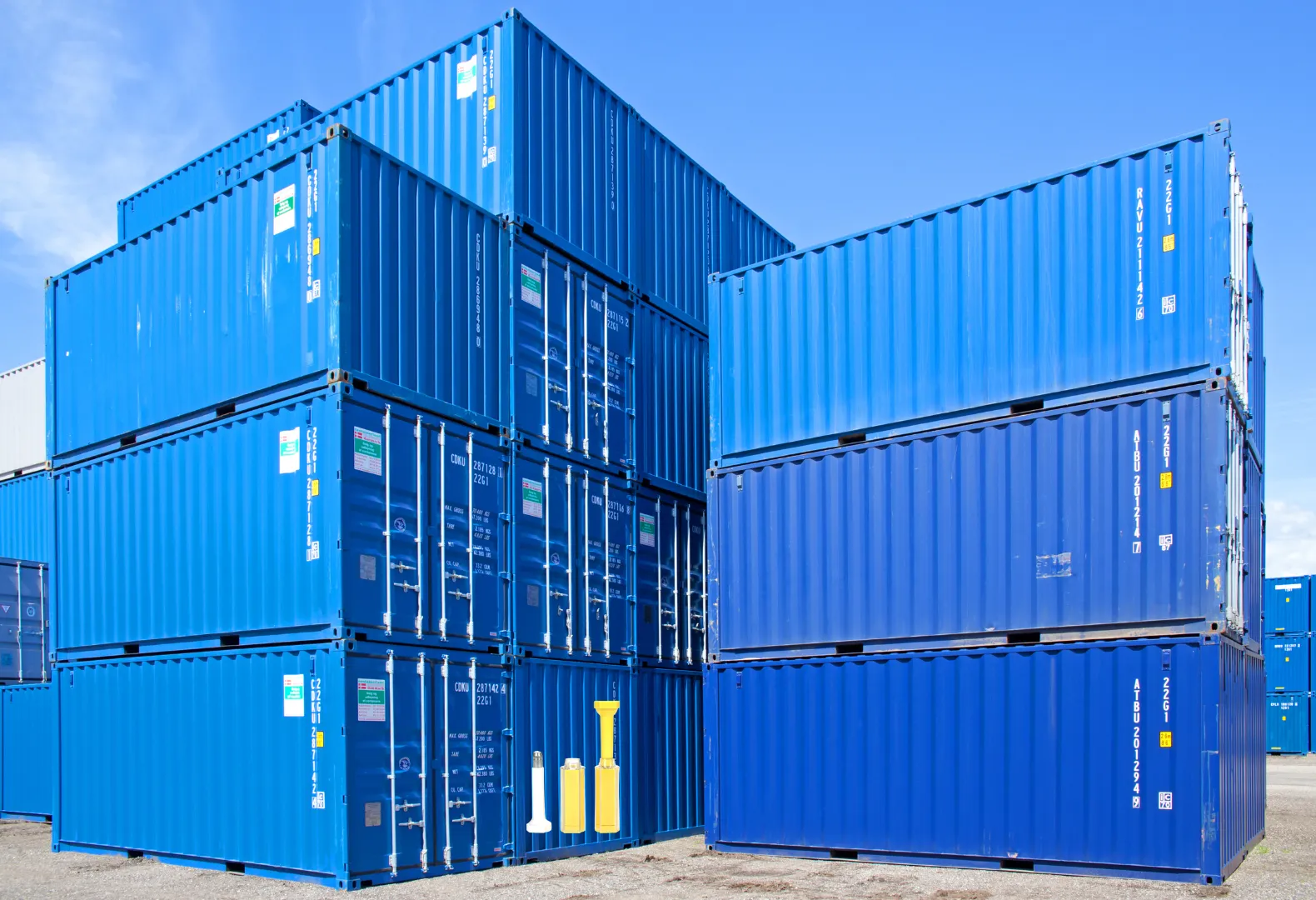
What are Bolt Seals and their Applications? | Complete Guide
In global trade and logistics, bolt seals play a crucial role in ensuring cargo security and compliance. These small but powerful devices are designed to lock shipping containers, trailers, and cargo doors with a tamper-evident mechanism.

What is an RFID Card Protector? Benefits, Use Cases, and Buying Guide
RFID technology (Radio Frequency Identification) is everywhere: in your credit cards, ID badges, transit passes, hotel room keys, and more. It offers speed and convenience, but it also opens the door to a new kind of digital theft called “skimming.” That’s where an RFID card protector comes in.
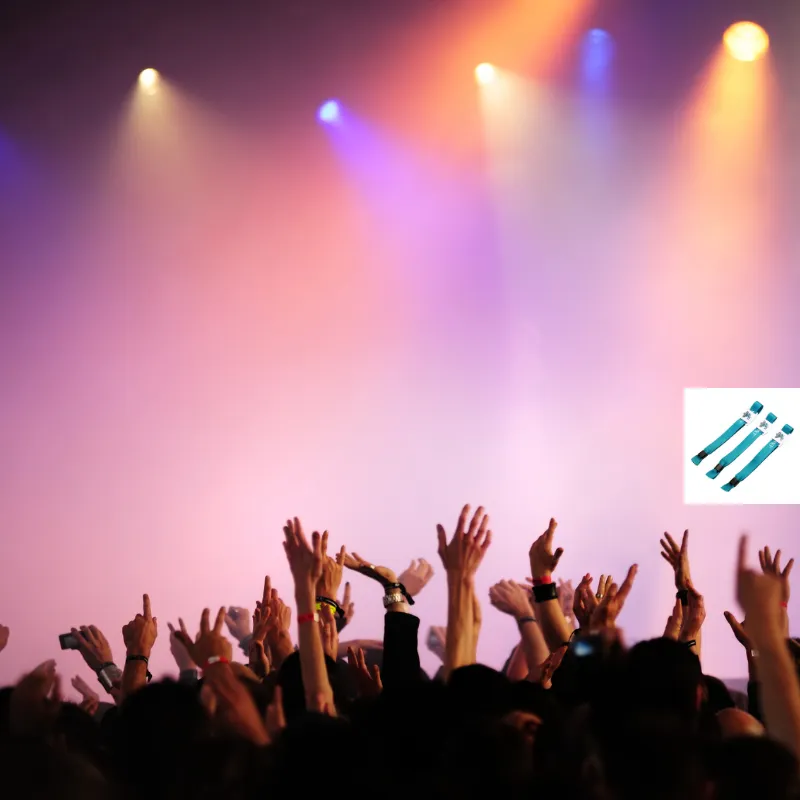
RFID Wristbands for Events: Bulk Buying Guide for Organizers
RFID wristbands for events are becoming the go-to solution for organizers who need faster entry, fraud prevention, and cashless payments at concerts, festivals, and sports venues. Unlike paper tickets or QR codes, these smart wristbands use embedded chips to streamline access, secure transactions, and improve the guest experience.

How RFID Tag on Windscreen Improves Vehicle Access Control and Toll Systems
In today’s fast-paced world, vehicle identification needs to be quick, secure, and contactless. An RFID Tag on the Windscreen provides exactly that — a reliable way to manage toll collection, parking, and gated access without stopping vehicles.

The Benefits of RFID Linen Tags in Commercial Laundry
Managing laundry in hospitals, hotels, or large laundry services is a big job. Each day, thousands of sheets, towels, and uniforms are washed, sorted, and sent back out. But problems like lost linens, sorting mistakes, and manual counting can cost companies a lot of money. For example, mid-sized hotels can lose over $200,000 each year from missing linens.
That’s where RFID Linen Tags come in.
Tags
RELATED BLOGS

What Is RFID Waste Management
Imagine a city where every trash bin speaks — not literally — but through a tiny chip that tells the system when it’s full, when it’s emptied, and where it went. That’s what RFID waste management is doing today.

What are Bolt Seals and their Applications? | Complete Guide
In global trade and logistics, bolt seals play a crucial role in ensuring cargo security and compliance. These small but powerful devices are designed to lock shipping containers, trailers, and cargo doors with a tamper-evident mechanism.

What is an RFID Card Protector? Benefits, Use Cases, and Buying Guide
RFID technology (Radio Frequency Identification) is everywhere: in your credit cards, ID badges, transit passes, hotel room keys, and more. It offers speed and convenience, but it also opens the door to a new kind of digital theft called “skimming.” That’s where an RFID card protector comes in.


